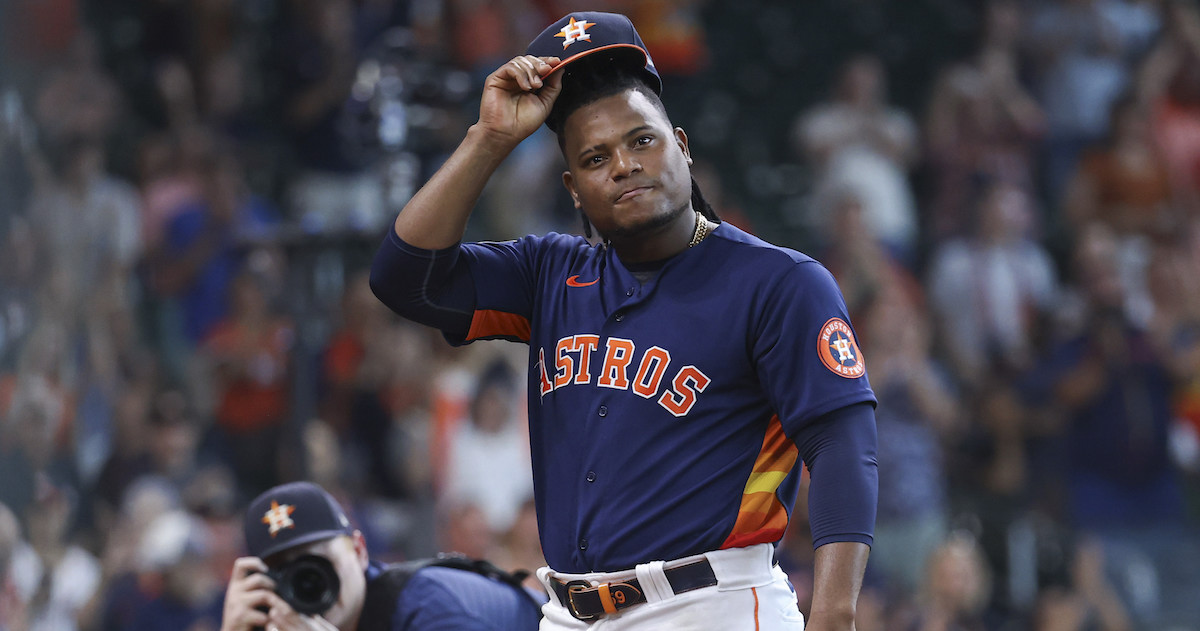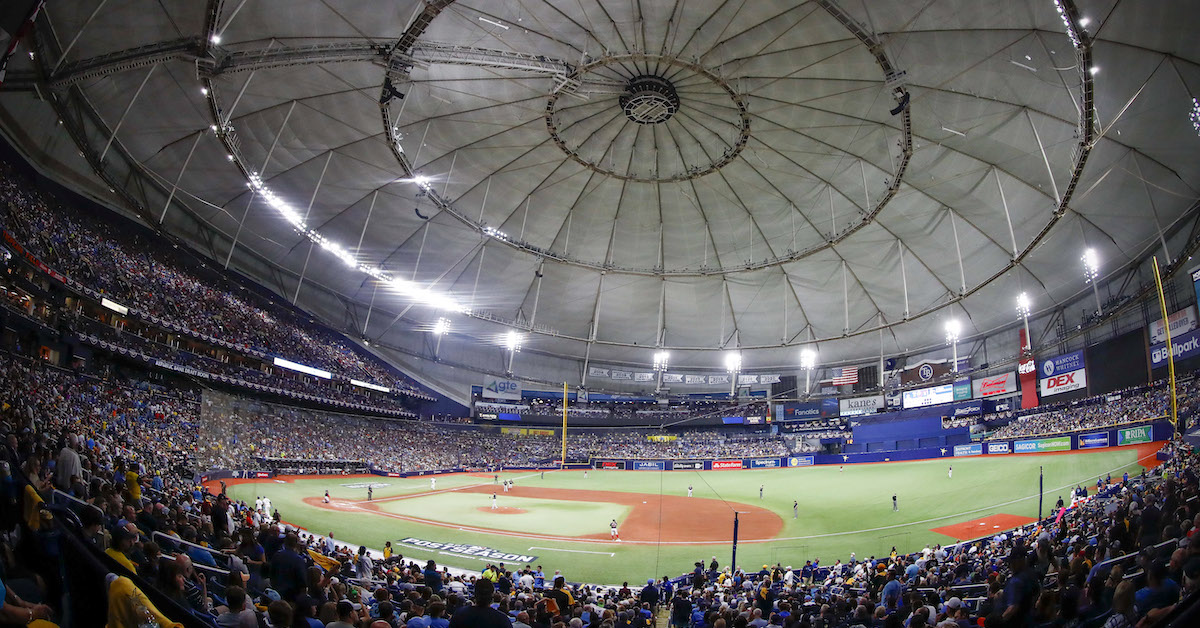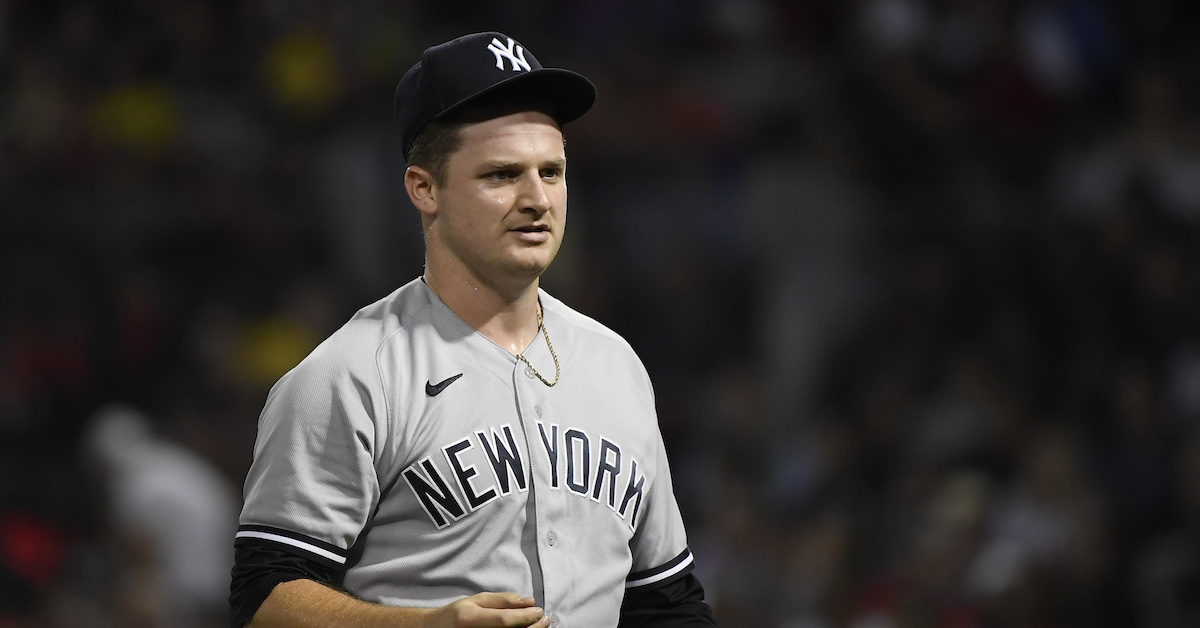Job Posting: San Francisco Giants, Multiple Analyst Openings
Baseball Operations Analyst
Department: Baseball Operations
Location: San Francisco, CA; Scottsdale, AZ
Status: Full-Time; Exempt
Position Summary:
The San Francisco Giants are seeking Analysts to join the Baseball Operations department. These individuals will be part of the R&D team with primary focuses to create decision-making tools and to provide research and analysis to support the Baseball Operations department. The ideal candidate will possess strong analytical skills, the ability to communicate effectively to non-technical people, and both passion and intellectual curiosity for the game of baseball.
Position Responsibilities:
- Research, design, and test predictive and statistical models using data and technology to support all aspects of Baseball Operations
- Collaborate with software engineering team to design and integrate decision-support systems and tools into baseball systems
- Perform statistical analysis and quantitative research to support various areas of Baseball Ops.
- Communicate analysis to Baseball Operations staff effectively.
- Maintain understanding of new public baseball research and emerging statistical tools, as well as all potential vendor data/technology options
Skills and Qualifications:
- Degree in a quantitative field, such as statistics, economics, engineering, computer science or applied math.
- Demonstrated work (professional or personal) using any of R, SQL, Python
- Experience in any of the following areas is a plus:
- Machine learning
- Computer vision
- Spatiotemporal data
- Statistical inference
- 1-2 years of sports experience and/or background in baseball or softball is a plus.
- Passion and curiosity for baseball analytics and problem-solving.
- Excellent written and verbal communication skills.
- Strong work ethic with initiative and attention to detail.
- Contribute to team culture with a positive attitude.
To apply, please submit your cover letter and resume here
Deadline to apply is Tuesday, November 1, 2022
All employment applications are reviewed upon receipt.
Baseball Operations Associate Analyst
Department: Baseball Operations
Location: Minor League Affiliates (Sacramento, Richmond, Eugene, San Jose)
Status: Part-Time; Non-Exempt
Duration: January 2023 – October 2023
Position Summary:
This individual will travel with a minor league team and provide on-site analytics and technology support serving staff and players
while helping to implement key organizational initiatives. The ideal candidate will possess technical skills, the ability to communicate effectively to non-technical people, and both passion and intellectual curiosity for the game of baseball.
Position Responsibilities:
- Provide statistical analysis and quantitative research to support the affiliate coaching staff
- Execute advance preparation and game reporting
- Conduct research for ad-hoc requests from coaches & staff
- Utilize technology and information to assess player strengths and areas of development
- Educate coaches and players on relevant baseball analytics topics
- Support on-field needs, including but not limited to operating technologies like Trackman Portable, Blast, Rapsodo, Trackman
Skills and Qualifications:
- Understanding of current baseball analytics topics
- Experience with Excel and SQL, R, or Python
- Experience with current player development technology such as TrackMan, Rapsodo, Blast Motion bat sensors, or K-Vest
- Ability to work evenings, weekends, and holidays
- Ability to speak Spanish is a plus
To apply, please submit your cover letter and resume here
Deadline to apply is Tuesday, November 1, 2022
All employment applications are reviewed upon receipt.
Video Technology Associate (Affiliate)
Department: Player Development
Reports to: Minor League Video Technology Coordinator
Duration: February 2023 – September 2023
Status: Part-time seasonal position (requirement to travel and work non-traditional hours)
Position Summary:
Provide comprehensive on- and off-field video and technological support for coaches, players, and non-uniformed staff during Spring Training and during the minor league season at an assigned affiliate. Spring Training will be utilized as a month-long training period to grasp the Giants’ video and technological collection and organizational processes, as well as build relationships with the staff and players you will be working with. The minor league season will consist of working closely with a set of staff and players and providing as much support as necessary to help the players continue their development and the team perform.
Position Responsibilities:
- Set up, capture, post-process, and distribute quality video footage for all home and road games during the season
- Utilize BATS Video Software to chart, process, and store all collected video
- Prepare, display, and organize video footage for advance purposes of each upcoming opponent
- Operate Edgertronic (high-speed) camera technology manually and through a browser to collect targeted footage during game- and non-game activity
- Operate and troubleshoot other baseball-related technology such as TrackMan V3, Portable TrackMan, Hawkeye, Blast, and Oculus headsets throughout the season
- Heavy utilization of multiple baseball-adjacent applications (Dropbox, Google Drive, remote desktop softwares, video editing softwares, etc…) to edit, move, and store video and data for short-term and long-term usage
- Manage and properly care for the various video and technology equipment you will be responsible for using throughout the season (computers, iPads, VR headsets, cameras, etc..)
- Assist with various ad-hoc projects assigned by the coaching staffs and front office
Skills and Qualifications:
- Ability and desire to relocate and work non-traditional hours (nights, weekends, and holidays) throughout the season
- Extremely detail-oriented focus and mindset on all daily tasks
- Ability to comfortably communicate and work with all members of the organization (players, coaches, staff, and various affiliate front office/staff members)
- Aptitude and comfortability with basic networking and IT processes
- Previous baseball or softball playing and/or video and technology related experience is a plus
- Possession of a strong and obvious passion and curiosity for the game of baseball
To apply, please submit your cover letter and resume here
Deadline to apply is Tuesday, November 1, 2022
All employment applications are reviewed upon receipt.
Associate, Baseball Video Systems (San Francisco)
Department: Baseball Operations
Reports to: Manager, Baseball Video Systems
Duration: January 2023 – December 2023
Status: Internship
Position Summary:
This associate-level position will perform routine tasks around the video office, clubhouse, and playing field, while also providing support with basic administrative and system maintenance responsibilities. This role will be embedded in the major league clubhouse during home games and work alongside coaching staff, analysts, and video coordinators throughout the 2023 season, including spring training in Arizona. The ideal candidate will also possess demonstrated creative and storytelling abilities, and leverage these skills to regularly produce short-form video content.
In-Season Responsibilities:
- Systems checks and maintenance of organizational baseball video systems
- Staging and operation of video and tracking technologies for pre-game use
- Posting of daily channel listings and schedules for MLB, affiliate, and amateur game broadcasts
- Supporting management of MLB Dugout iPads
- Producing after-action video melts from previous games for consumption on mobile devices
- Producing lineup and roster information for clubhouse use
- Moving, packing, and unpacking of equipment to support team travel
- Other tasks as assigned by the video staff
Offseason responsibilities:
- Cataloging broadcast footage of winter league and other offseason baseball games
- Posting of daily channel listings and schedules for Winter League games
- Daily cutting up of winter league video for Giants organizational players and free agent follows
- Assisting with field level camera maintenance and installations
- Work with coaching staff on video content ideas
Skills and Qualifications:
- In-season availability to work non-traditional hours, including weekends and holidays
- Ability to communicate effectively to all members of Baseball Operations
- Experience using production-level video editing software (Adobe Premiere, DaVinci Resolve) including knowledge
- Familiarity with networking and basic IT concepts a plus
- Basic experience working with programming a plus
- Passion for baseball, intellectual curiosity, baseball or softball playing experience and understanding of team dynamics is a plus
- Candidate must be available, in-person, for all San Francisco Giants home games
and use of 2D/3D animation and effects a plus
To apply, please submit your cover letter and resume here
Deadline to apply is Tuesday, November 1, 2022
All employment applications are reviewed upon receipt.
At the Giants, we believe we put our best work forward when our employees bring together ideas that are diverse in thought. We are proud to be an equal opportunity workplace and are committed to equal employment opportunity regardless of race, religious creed, color, national origin, ancestry, medical condition or disability, genetic condition, marital status, domestic partnership status, sex, gender, gender identity, gender expression, age, sexual orientation, military or veteran status and any other protected class under federal, state or local law. Pursuant to the San Francisco Fair Chance Ordinance, we will consider for employment qualified applicants with arrest and conviction records. In addition, we will provide reasonable accommodations for qualified individuals with disabilities. If you have a disability or special need, we would like to know how we can better accommodate you.
The content in this posting was created and provided solely by the San Francisco Giants.









